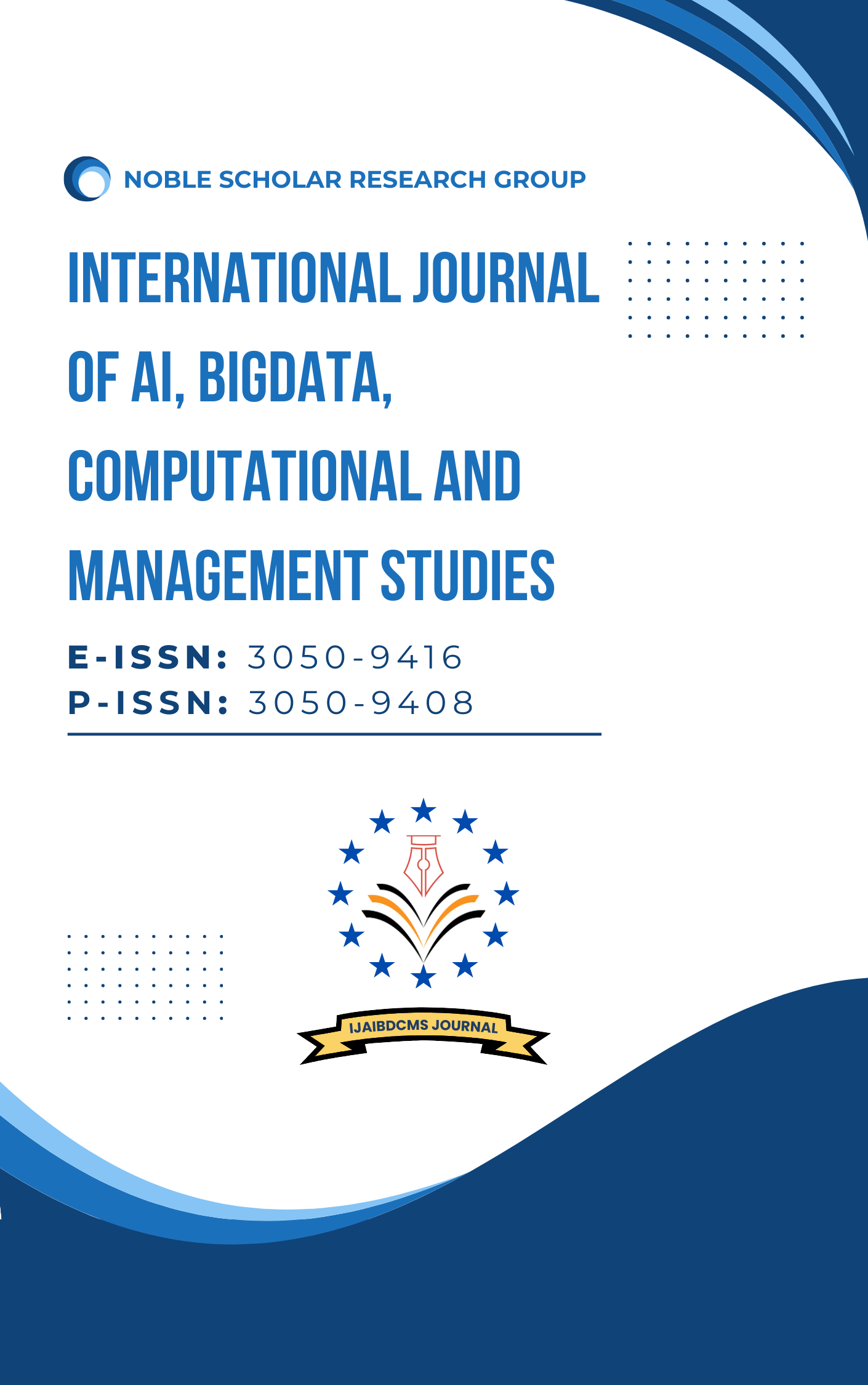Homomorphic Encryption for Privacy-Preserving Machine Learning in Cloud Environments
DOI:
https://doi.org/10.63282/3050-9416.IJAIBDCMS-V2I4P102Keywords:
Homomorphic Encryption, Privacy-Preserving Machine Learning, Fully Homomorphic Encryption, Secure Computation, Encrypted Data Processing, Differential Privacy, Cloud Security, Cryptographic Techniques, Computational Overhead, Privacy ProtectionAbstract
The rapid growth of cloud computing and the increasing demand for data-driven applications have led to significant concerns about data privacy and security. Homomorphic encryption (HE) offers a promising solution by enabling computations on encrypted data without the need for decryption. This paper explores the application of homomorphic encryption in privacypreserving machine learning (PPML) in cloud environments. We discuss the theoretical foundations of HE, its variants, and the challenges and opportunities it presents in the context of PPML. We also present a detailed algorithm for implementing HE in a machine learning pipeline, evaluate its performance, and discuss potential future directions. The paper aims to provide a comprehensive overview of the current state of HE in PPML and to highlight its potential for enhancing data privacy in cloud environments
References
1. Gentry, C. (2009). A Fully Homomorphic Encryption Scheme. PhD thesis, Stanford University.
2. Paillier, P. (1999). Public-Key Cryptosystems Based on Composite Degree Residuosity Classes. In Advances in Cryptology — EUROCRYPT '99 (pp. 223-238). Springer.
3. ElGamal, T. (1985). A Public Key Cryptosystem and a Signature Scheme Based on Discrete Logarithms. IEEE Transactions on Information Theory, 31(4), 469-472.
4. Shai, H., Craig, G., & Nigel, S. (2014). Homomorphic Encryption and Its Applications to Fully Homomorphic Encryption. Springer.
5. Boneh, D., & Silverberg, A. (2002). Applications of Multilinear Forms to Cryptography. Contemporary Mathematics, 324, 71-90.
6. Dinh, H., & Phan, R. C. W. (2012). Secure Outsourced Matrix Computation and Application to Neural Networks. In Proceedings of the 2012 ACM Conference on Computer and Communications Security (pp. 826-837). ACM.
7. Chen, H., Laine, K., & Player, R. (2017). Simple Encrypted Arithmetic Library (SEAL) v2.3. Microsoft Research.
8. Cheon, J. H., Kim, A., Kim, M., & Song, Y. (2017). Homomorphic Encryption for Arithmetic of Approximate Numbers. In Advances in Cryptology — ASIACRYPT 2017 (pp. 409-437). Springer.



